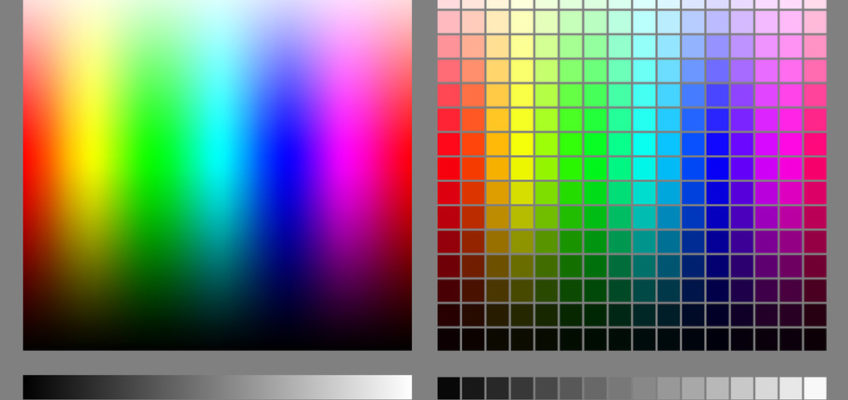Wir haben einige Experten aus der Druckerei-Branche nach ihren Tipps und Tricks auf dem Weg zum optimalen Druck eines Grafikdesigns gefragt. Unser heutiges Thema lautet: Was ist eigentlich der geeignete Farbraum, um Fotos zu drucken?
Unser erster Experte ist Sergio ‘SHIN’ Baselice, Grafik- und Multimedia-Designer aus Rom. Sergio ist Inhaber der Agentur Shin Graphic, Roland DG Master und Adobe Illustrator und Photoshop Trainer. Sein Rat lautet, die Druckdatei im RGB-Modus zu belassen und nicht in den CMYK-Farbraum zu konvertieren.
„Eine der häufigsten Fragen, die man als Drucker gestellt bekommt, lautet: In welchem Farbraum sollte ich eine Datei speichern, um das beste Druckresultat zu erzielen? Ich bin hier, um euch zu sagen, dass es zweifelsfrei RGB sein soll. Ich versichere euch, wenn ich korrekt gearbeitet habt, werdet ihr im RGB-Farbraum keine Probleme haben.

Die meisten von euch haben zwar immer wieder gehört, dass in CMYK gedruckt wird und ihr den Farbraum konvertieren müsst, um ein vernünftiges Resultat zu erhalten, aber das ist nicht richtig. Es ist im Gegenteil ein Fehler, ein Foto in den CMYK-Modus zu konvertieren, bevor ihr es in den Druck gebt.
Sehen wir uns den folgenden GAMUT an:

Innerhalb des Spektrums, das das menschliche Auge erfassen kann, haben wir den Adobe-RGB-Farbraum, den sRGB-Farbraum und den CMYK-Farbraum. Im Vergleich fällt auf, dass der CMYK-Farbraum eine ganze Reihe von Farbnuancen (besonders im Blau- und Grünbereich) ausschließt. Wenn euer Bild diese Nuancen enthält, wird der Druck viel weniger gesättigt ausfallen, da das Konvertieren des Farbraums diese Möglichkeit irreversible aus der Datei löscht.
Damit wird bestimmt klar, dass es keine gute Idee ist, den Farbraum eines Fotos vor dem Druck in CMYK zu konvertieren. Digitalfotos sind automatisch im RGB-Format angelegt, das gleiche gilt für einen Foto-Scan.
Moderne Rastergrafikprozessoren haben eine eingebaute Farbmanagement-Komponente, die es uns erlaubt, über das einfache CMYK-Farbmodell hinauszugehen. Dank der modernen Vierfarbdruck- oder Hexachrome-Verfahren ist es leicht zu begreifen, dass eine Datei in RGB uns eine viel breitere Farbpalette erlaubt, mit der die Bilder fantastisch aussehen.

Ich hoffe, ich habe eure Bedenken zerstreut: Zögert bei der Entscheidung zwischen CMYK und RGB nicht, bei RGB zu bleiben, um die besten Resultate zu erzielen.
Ein großes Dankeschön an Sergio für seinen Expertenrat!






